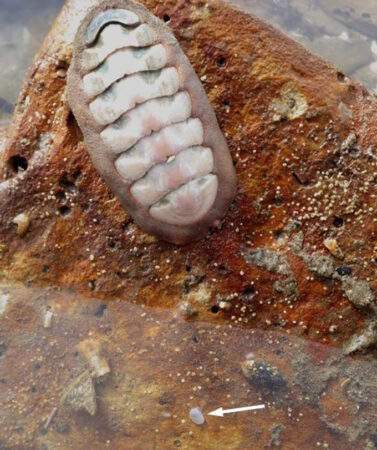This post was originally published on this site
A species of clam is back from the dead.
Known as Cymatioa cooki, the clam had only ever been found as a fossil, and scientists presumed that the species had been extinct for more than 40,000 years. Then, while scouring tide pools for sea slugs off the coast of California in 2018, marine ecologist Jeff Goddard spotted something unfamiliar: a white, translucent bivalve roughly 11 millimeters in length.
Not wanting to disrupt the clam, Goddard, of the University of California, Santa Barbara, photographed it and shared the images with a colleague. Paul Valentich-Scott, curator of malacology at the Santa Barbara Museum of Natural History, didn’t recognize the marine critter either, which made him happy. “New discoveries are part of why we’re in science,” Valentich-Scott says.

The pair finally captured a live specimen in 2019 and brought it back to the museum to compare with known species from the fossil record. It bore a striking resemblance to a fossil bivalve first described in the 1930s by paleontologist George Willett.
Willett named the species after Edna Cook, an amateur shell collector who recognized the fossil as being unique among a collection of more than 30,000 shells.
“Once I physically saw that original specimen that Willett had used for his description, I knew right away” that the live clam was the same species, Valentich-Scott says.
The researchers still puzzle over how the critters eluded science for so long. One idea is that C. cooki’s preferred habitat is farther south in Baja, Calif., perhaps in a remote area. A mass of warm water may have washed some clam larvae toward Santa Barbara. So far, Valentich-Scott and Goddard have found at least two, and potentially four, of the living clams.
“It’s rare to find something first as a fossil and then living,” says David Jablonski, a paleontologist at the University of Chicago who was not involved in the research.
The triumphant reappearance of C. cooki, described November 7 in ZooKeys, places the clam among a group of apparently back-from-the-dead creatures dubbed the Lazarus taxa (SN: 11/13/07). Even with the vast array of animal specimens available to modern scientists, Jablonski says, “there’s always more to find.”
